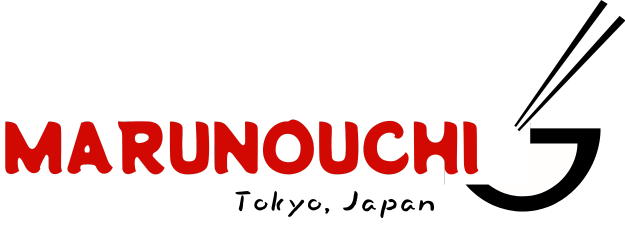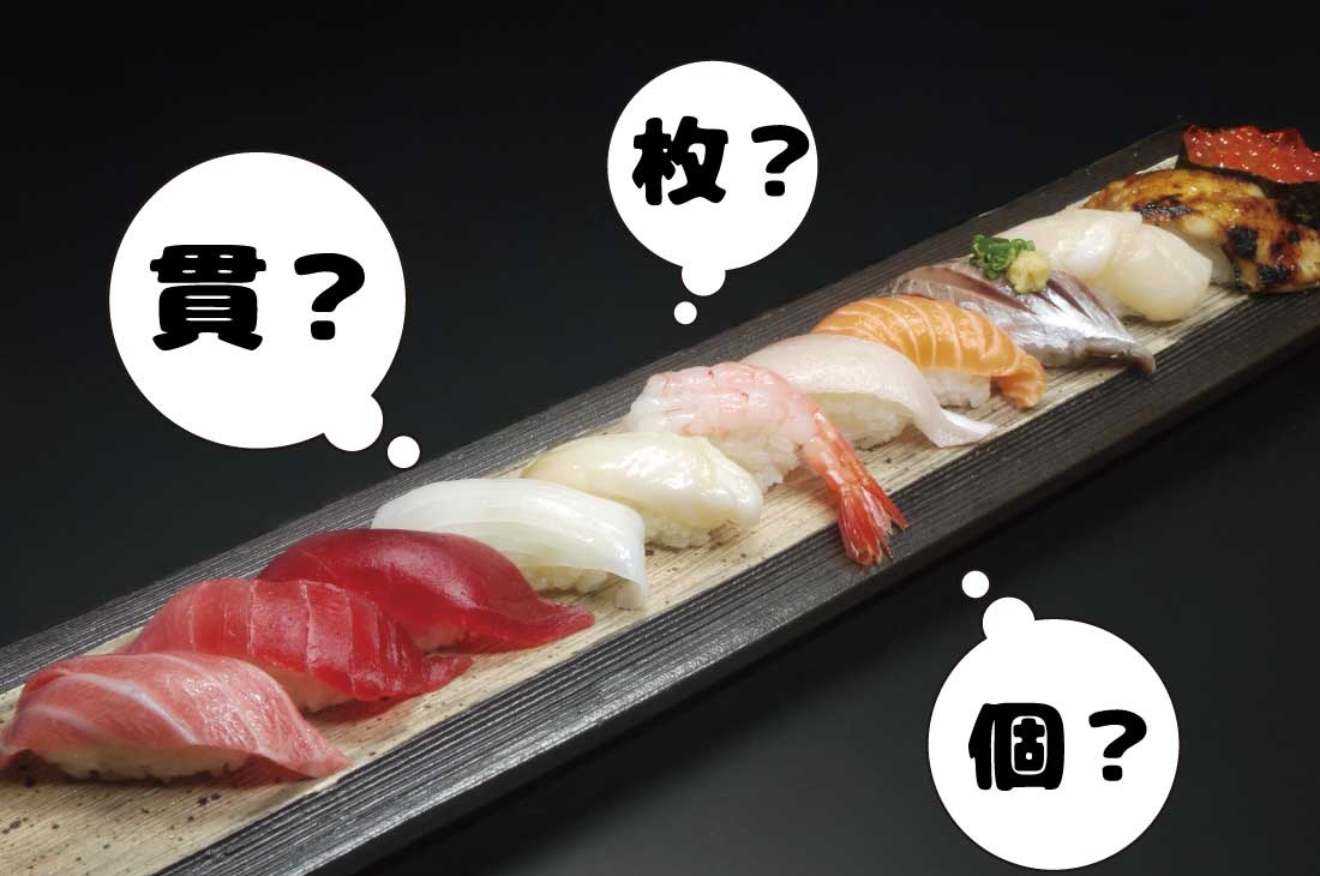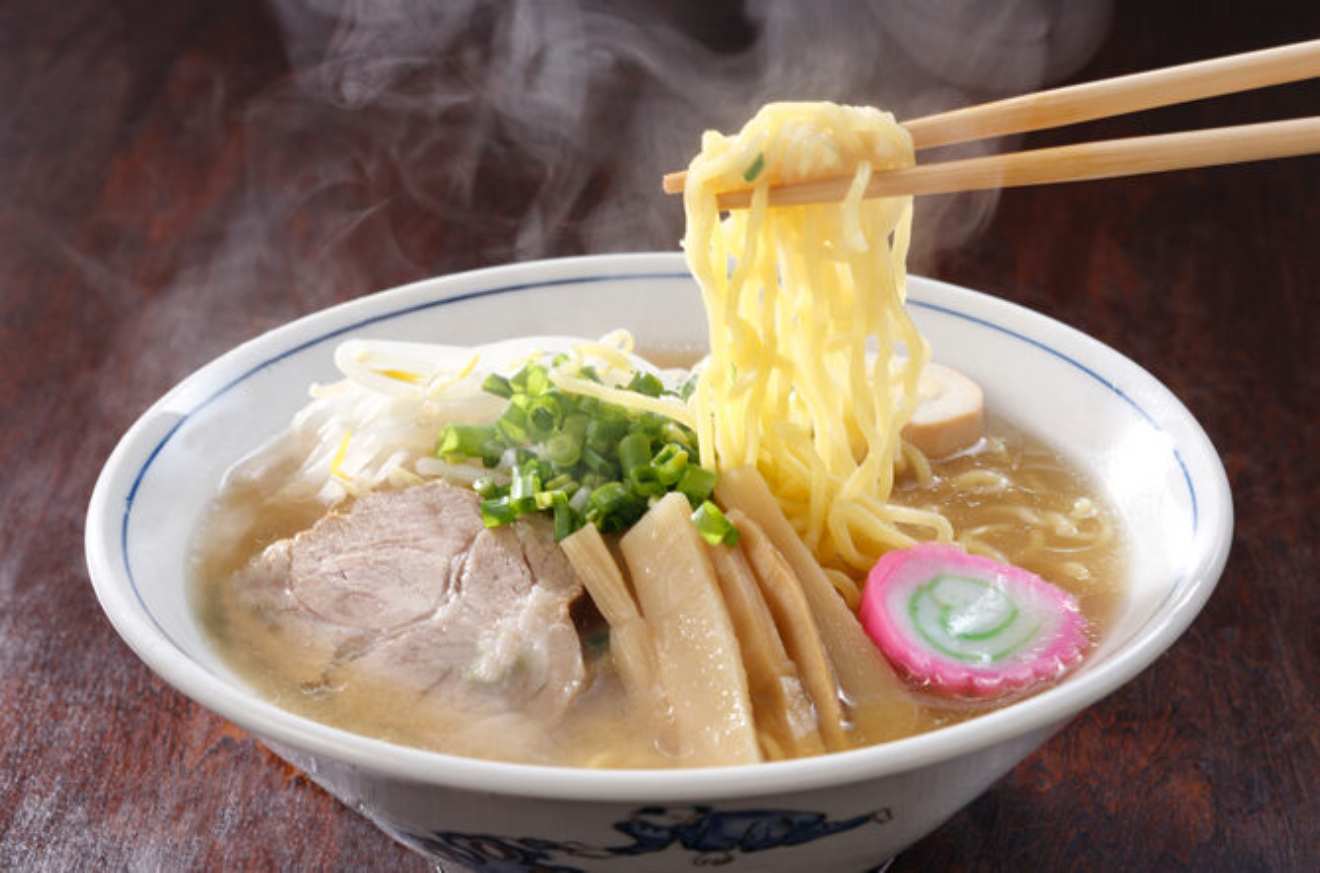Have you ever found yourself saying “two fatty tuna” at a sushi restaurant?
Actually, there are rules for counting sushi. In particular, there are many people who know the word “kan” but are unsure if they are using it correctly.
For example, nigiri sushi is counted in “kan” , while rolled sushi and inari sushi are counted in “ko”. Why are the counting methods different even though they are the same sushi?
The key to unlocking this mystery lies in the sushi culture of the Edo period.
In this article, we will clearly explain the difference between the two ways of counting sushi: “kan” and “ko.”
We will thoroughly explain the correct way to count each type of sushi, as well as the key points to remember when ordering.
We will also touch on the etiquette for eating sushi and the outlook for the ever-evolving modern sushi industry.
After reading this article, you too can become a sushi connoisseur! Order smartly and enjoy delicious sushi!
What you’ll learn by reading this article:
- The basics of counting sushi
- The difference between “kan” and “ko”
- Etiquette when eating sushi
- The current state and future of the sushi industry
What is “kan”, the unit used to measure sushi?
When it comes to sushi, you often hear people ask, “How many pieces did you eat?”
However, when asked what a “piece” is, many people might not be able to explain.
In this chapter, we will take a detailed look at the sushi counting method of “kan,” including its meaning, history, and how it is used in modern times.
How to read and the meaning of “Kan”
“Kan” is pronounced “kan.” You can also just pronounce it “kan.”
It is a unit of measurement for quantity and money. It is not used much in modern times, but it was also used as a unit of currency in the past.
One kan is equivalent to 1,000 mon.
In the world of sushi, it is traditionally used as a unit of measurement for nigiri sushi.
Nowadays, it is commonly used at conveyor belt sushi restaurants, so you may have heard of it at least once.
Why is sushi counted in “pieces”?
Why is sushi counted in “kan” and not “pieces” or “plates”?
The origin dates back to the Edo period.
At that time, sushi was sold from food stalls.
One theory is that the sushi sold at food stalls was not served individually like modern-day nigiri sushi, but was served in groups of several sushi skewered together. The prevailing theory is that this act of “piercing through” sushi all at once led to the unit of counting “kan.”
There are various theories about its exact origin, but there is no doubt that sushi was like a convenient fast food for the common people of the Edo period, and was served in units of “kan.”
The history of “Kan” dating back to the Edo period
In the Edo period, sushi sold at food stalls did not have the wide variety of toppings that we have today.
It was only in modern times, with the development of refrigeration technology, that we were able to eat a wide variety of seafood like we do today.
It is thought that people at that time ate sushi from food stalls as if it were convenient fast food.
Sushi has been counted in “kan” since that time, and this method of counting is still used in modern-day conveyor belt sushi restaurants.
It really gives you a sense of history.
In addition, “kan” was also a unit of currency at the time, so another reason why “kan” was used is that it was easy to set the price when selling sushi.
Modern sushi using “kan”
Nowadays, the unit “kan” is used not only in conveyor belt sushi restaurants, but also in high-end sushi restaurants.
Some restaurants even display the price as “1 kan x 100 yen”.
“Kan” is the most common unit for counting sushi and is used in many restaurants, so it is useful to know it.
Nowadays, many people who aspire to become sushi chefs also study the history and culture of sushi, and are taught about the origin of “kan”.
How to count sushi: the difference between “kan” and “ko”
Counting sushi is actually quite complex.
There are times when you should use “pieces” instead of “kan”…
Some of you may be wondering when to use which number.
In this chapter, we will clearly explain the correct way to count and use each type of sushi.
After reading this, you will never be confused about how to count sushi again!
How do you count nigiri sushi?
Nigiri sushi is counted in “kan.”
For example, if you want to order two tuna and one salmon, you would say, “Two kan of tuna, one kan of salmon, please.”
Knowing this way of counting will also help you order smoothly when you’re at a conveyor-belt sushi restaurant.
By the way, serving nigiri sushi one piece at a time is called “ichikan nigiri.”
This is the traditional Edomae sushi style.
How do you count rolled sushi, thin rolls, inari sushi, and gunkanmaki?
Rolled sushi, thin rolls, inari sushi, and gunkanmaki are counted in pieces.
Sometimes the unit is called “hon,” but “ko” is more common.
For example, if you want to order two kappamaki and one tuna roll, you can just say, “Two kappamaki and one tuna roll please.”
It’s a little confusing, but remember that apart from nigiri sushi, you basically count by “pieces.”
Hosomaki is a simple sushi roll with only one ingredient.
It is made by wrapping seaweed inside out and wrapping it with cucumber, kanpyo, tuna, etc.
Inari sushi is sushi with vinegared rice stuffed inside aburaage (deep-fried tofu).
In some regions, it is also called “oinari-san.”
How do we count other types of sushi?
There are many other types of sushi besides nigiri sushi and rolled sushi.
For example, chirashi sushi and oshizushi are counted in “portions” or “sheets.”
Also, some restaurants have their own names for sushi, so if you’re not sure what to call them, it’s a good idea to ask the staff.
Chirashi sushi is sushi with ingredients scattered over rice.
Its appeal is that you can enjoy a variety of ingredients at once.
Oshizushi is sushi that has been pressed into a mold.
It is bite-sized and easy to eat.
How to count when ordering from a waiter
When ordering from a waiter, it’s important to communicate clearly and easily.
Be sure to clearly state the type and how to count, such as “Two pieces of tuna and two kappa rolls, please.”
If you don’t know how to count, you can just point to the sushi you want and say, “I’d like this and this, please.”
In the case of conveyor belt sushi restaurants, you can order using a touch panel, so there’s no need to worry about counting incorrectly.
Recently, more and more people are ordering sushi using delivery apps.
With apps, the product name and quantity are displayed on the screen, so you can order with peace of mind.
Learn more about the sushi unit “kan”
So far we have explained how to count sushi, but to gain a deeper understanding, let’s review the main ways to count sushi, as well as touch on the etiquette for eating sushi and the future outlook for the sushi industry.
Review how to count the main types of sushi
Let’s revisit the main types of sushi and how they are counted.
| Type of Sushi | Counting Unit | Example |
|---|---|---|
| Nigiri Sushi | Kan (貫) | Two pieces of tuna (まぐろ二貫) |
| Maki Sushi | Ko (個), Hon (本) | Two pieces of cucumber roll (かっぱ巻き二個) |
| Hosomaki (Thin Roll) | Ko (個), Hon (本) | One piece of Tekka-maki (鉄火巻き一本) |
| Inari Sushi | Ko (個) | Three pieces of Inari Sushi (稲荷寿司三個) |
| Gunkan-maki (Battleship Roll) | Ko (個) | Two pieces of Uni Gunkan (うに軍艦二個) |
| Chirashi Sushi | Nin-mae (人前), Mai (枚) | One serving of Chirashi Sushi (ちらし寿司一人前) |
| Oshizushi (Pressed Sushi) | Ko (個), Mai (枚) | Two pieces of Oshizushi (押し寿司二枚) |
As shown above, the counting method varies depending on the type of sushi.
Particularly, “kan” (貫) is a counting unit unique to nigiri sushi, so it’s helpful to remember.
Etiquette when eating sushi
To enjoy sushi to the fullest, it’s a good idea to know some basic etiquette.
When dipping sushi in soy sauce, it is generally considered correct to dip the toppings in soy sauce, as this brings out the flavor of the toppings, prevents the rice from absorbing too much soy sauce and falling apart, and does not ruin the overall flavor of the sushi. Many people prefer to dip the toppings in soy sauce, with about 79% choosing this method. Chefs also recommend dipping the toppings in soy sauce.
On the other hand, there are also people who dip soy sauce in the rice, for reasons such as “it’s difficult to dip the topping in soy sauce” or “I prefer a stronger flavor for the rice”.
The most important thing is to choose a way of eating that you find delicious.
Ultimately, it comes down to personal preference.
Also, pickled ginger is often eaten as a palate cleanser, but can also be eaten as a palate cleanser.
Recently, even at conveyor belt sushi restaurants, the price may vary depending on the color of the plate.
Be sure to check the price carefully when ordering.
At high-end sushi restaurants, the chef may make the sushi right in front of you.
If you sit at the counter, it’s nice to enjoy your sushi while watching the chef at work.
Future outlook for the sushi industry
In recent years, the conveyor-belt sushi industry has continued to evolve, with the introduction of new technologies such as touch panel ordering and serving by robots.
In addition, the spread of delivery services has made it easy to enjoy sushi at home.
Meanwhile, high-end sushi restaurants are offering their own unique services, such as offering more carefully selected ingredients.
Sushi chefs who are challenging themselves with new styles while preserving the traditions of Edomae sushi are also attracting attention.
In this way, the sushi industry is expected to continue to change in the future to meet diversifying needs.
Conveyor belt sushi restaurants are putting in various efforts, such as holding events that incorporate entertainment elements.
Sushi is also becoming more popular overseas, and Japanese sushi culture is spreading around the world.
Frequently Asked Questions
Q1. How do you read and what does “kan” mean?
A1. “Kan” is pronounced “kan” or “kan.”
In the world of sushi, it is used as a unit of measurement for nigiri sushi.
In the past, it was also used as a unit of currency, with one kan being equivalent to 1000 mon.
Q2. Why is sushi counted in units of “kan”?
A2. It is said that the word “kan” originated from when sushi was sold at food stalls in the Edo period, where several pieces of sushi were served together on a skewer.
The most likely theory is that “kan” became a unit of measurement from this act of “piercing through” sushi at once.
Q3. How do you count nigiri sushi?
A3. Nigiri sushi is counted in “kan.”
For example, if you want to order two pieces of tuna, you would say “Two pieces of tuna please.”
Q4. How do you count rolled sushi, thin rolls, inari sushi, and gunkanmaki?
A4. These are generally counted by “ko”.
Sometimes “hon” is used, but “ko” is more widely used.
Q5. How do you count the main types of sushi?
A5. Nigiri sushi is counted in “kan”, maki sushi, hosomaki, inari sushi, and gunkan sushi are counted in “pieces”, chirashi sushi is counted in “servings” or “pieces”, and oshizushi is counted in “pieces” or “pieces”.
Q6. Is there any etiquette when eating sushi?
A6. Yes, there is.
It is generally considered good manners to put soy sauce on the toppings.
If you put soy sauce on the rice, it may fall apart.
However, ultimately, it’s important to eat it in a way that you find enjoyable.
Also, pickled ginger is eaten as a palate cleanser or to cleanse the palate.
Summary
In this article, we have taken a detailed look at how to count sushi, a seemingly simple yet profound topic.
We have learned that the unit of “kan” that we use every day without thinking about it originates from the sushi served at food stalls in the Edo period. The prevailing theory is that the sushi served at food stalls at that time was not served individually like modern nigiri sushi, but was skewered together in groups of several pieces. It is said that the act of “piercing” itself gave rise to the counting method of “kan.”
We also learned that in modern times, nigiri sushi is counted in “kan,” while rolled sushi, inari sushi, and gunkanmaki are counted in “ko.” There are even more variations in counting for chirashi sushi and oshizushi, such as using “persons” and “sheets.”
By correctly understanding these counting methods, you will be able to order smoothly at a sushi restaurant and enjoy sushi even more.
We also touched on the etiquette for eating sushi. It is generally considered best to put soy sauce on the toppings, as this brings out the flavor and prevents the rice from falling apart. However, the most important thing is to choose a way that you find delicious.
This does not mean that you should not put soy sauce on the rice.
It is important to enjoy sushi while respecting your own preferences.
We also mentioned that ginger can be eaten as a palate cleanser or to cleanse the palate.
We also introduced the outlook for the sushi industry, which has continued to evolve in recent years.
Services that utilize technology are expanding, such as the introduction of touch panels and robots at conveyor belt sushi restaurants and the spread of delivery services.
Meanwhile, high-end sushi restaurants continue to evolve while preserving tradition, such as by offering highly particular toppings. The sushi industry will continue to change in the future to meet diversifying needs. We hope that this article has deepened your understanding of sushi counting methods, etiquette, and the outlook for the industry, allowing you to enjoy sushi on a deeper level.
The next time you eat sushi, be sure to remember the knowledge you gained in this article.




![[Nationwide] 36 recommended “winter wonders 2025” you must see at least once in Japan](https://marunouchi.top/wp-content/uploads/japan-snow.jpg)
Leave a Reply Cancel reply